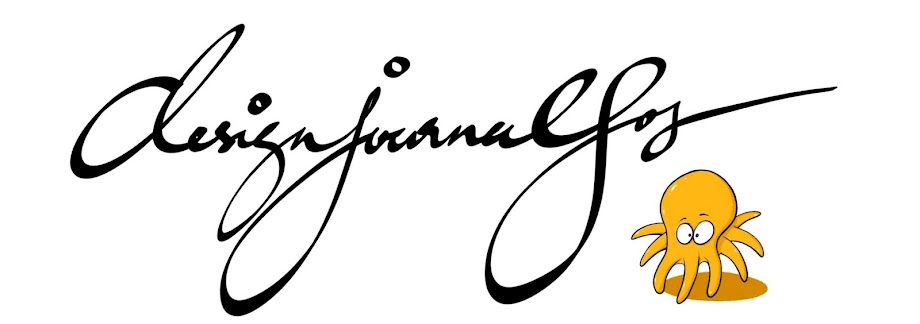Pre-Check
Drilling
Make sure all parts given to you are 'square'. That means the edges are 90 degress to each other before you start marking out.
Marking Out (After you got your freshly cut acrylic sheets)
1) Mark out all parts with lines for sawing, or trimming, or bending with a pencil and mark the centres of curves (radius) and holes to be drilled with an 'x'. Mark out all the positions for screws and/nails nails.
Tips:
- Do not tear the protective paper away from the acrylic yet. The paper surface is for you to draw and mark out.
- If you plan to have screws to join acrylic to wood, work out the correct length, type of head, and the diamter & depth of the pilot holes to drill on the acrylic. Generally if you want the surface to be 'flushed', use a Countersunk Head Screw. If you do not mind the screw head popping out of the surface, use a Round Head Screw.
- Make sure that you do not screw too close to the edge of the acylic. At least 10 - 15 mm away from the edge is a good guide. But that will depend on your application.
- For bending, the marking-out lines should be 'dashed-lines'.
- For circles or radiuses, the marking-out lines should be 'centre-lines' cutting through the centre (or 'x').
Drilling
2) Drill all the holes first.
Tips:
- If dowels are required, make sure you check that the diameter of the dowels matches the diameter of the drill bit. To check if the fit nicely, try it on a piece of waste acrylic.
- If you require a flat hole, use a Forstner Bit instead of a Drill Bit.
- If you require a large hole and not even the Forstner Bit can create it, consider using a Hole Saw instead.
Sawing & Trimming
3) Saw / Trim curves using the Scroll Saw (concave or convex curves) or a Hacksaw (for long straight cuts). For external curves, the Circular Sanding Machine may be used.
Edge Finishing (Part 1 of 3: Filing)
4) File the edges with the correct files. (see 'Important' just below).
Tips:
- Holes cut out with a drill bit or a hole saw need not be filed extensively. The curved surface are already perfect as it is. If need to, file lightly to get rid of the burrs, or use a Wet & Dry paper instead.
- Always use the right file for your work. Generally a Half-Round file for curve edges, and a Flat File for straight edges and for rounding off corners.
- The objective of filing is to take away large scratches from the edges from saw cuts. So make sure at the end of your filing, inspect the edges for remaining deep scratches.
- Round the edges for aesthetics. It usually works.
Dry Assembly (to test if parts fit)
5) Dry fit all your parts, check that they are OK. If not ok, modify or re-do. Tips: Don't join them with Chlorofoam yet!
Tips:
- Important!: If bending is required, make sure you complete your finishing process first.
6) Prepare acrylic edges for polishing using the Wet & Dry Paper.
- IMPORTANT: If you are joining edges, you MUST NOT sand the edges to be joined! It will not fit after that.
7) Finish the edges of the acrylic on a Buffing Machine till shine.
Jointing (also see 'Bending & Forming')
Jointing (also see 'Bending & Forming')
8) Acrylic to Acrylic: Butt-join acrylic parts using Chlorofoam. Use tapes to sequre the parts if necessary.
Note:
- Make sure the edges for jointing is straight, not filed, and not polished.
Others:
- Acrylic to Wood: Jointing using Wood Screws, or Bolts and Nuts, etc.
- Acrylic to Metal: Machine screws or Rivets, or Bolts and Nuts, etc.
Bending & Forming (also see 'Jointing')
9) Bending acrylic on the Strip Heater: For straight bends.
Tips:
- Plan the steps before hand how you want to bend your acrylic.
- Use a piece of paper to rehearse if you are unsure.
- Use formers (of various bending angles) to help you achieve accurate angles while bending.
- If there is no formers available, design and make them before bending.
10) Forming acrylic can be done using the Oven, the Vacuum Former, or the Blow Moulding machine.
Tips:
- Plan the steps before hand how you want to form your acrylic.
- Use formers to help you achieve accurate shapes and forms while bending.
- If there is no formers available, design and make them before bending.
What if your project has both Jointing and Bending and/or Forming?
- You have to plan the sequence well on which to complete first before the other.
Additional Notes
- You will notice that finishing your acrylic edges is put before jointing, bending or forming.
- The reason is because once you join, bend or form, it is more difficult to file and polish.
- If in doubt... alway ask.



No comments:
Post a Comment